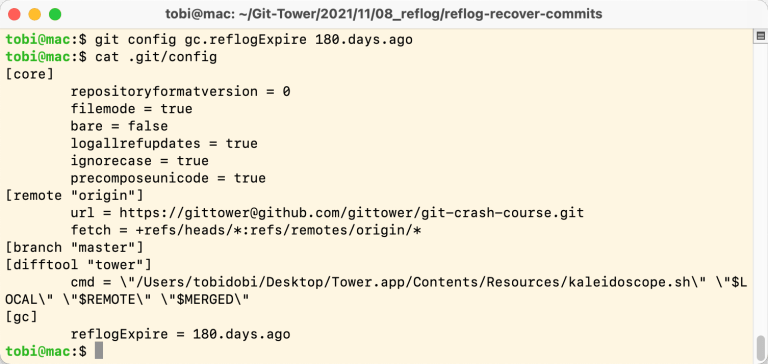Imagine you are a CEO or chief product officer (CPO) with a day full of meetings, business agreements, and high-level initiatives to manage.
At the same time, you have to review market research and usability testing reports your team has come up with. Not to mention signing off on any big feature initiatives that require significant investments and thus executive approval.
Does that leave you enough time to go through a 100-page report detailing the minutiae of your team’s operations and every bit of data that went into each and every decision? Of course not! This is where an executive summary comes in handy.
Table of contents
Table of Contents
What is an executive summary?
An executive summary (ES) is a high-level document or paragraph written as part of a report or a handout that summarizes the critical information of a specific project or feature.
The executive summary, also called the speed read or management summary, is written specifically to provide key stakeholders, such as C-suite executives, senior managers, and investors, with a very abstract and holistic understanding of what is going on.
The executive summary can be a great way for product managers to secure buy-in quickly from upper management and other stakeholders.
Executive summary vs. project overview
Before we delve deeper into executive summaries for product managers, we should note some important differences between an executive summary and a project overview.
| Executive summary | Project overview | |
| Purpose | Provide a holistic overview of the market gap or user problem, value proposition, competition, key features, and expected benefits | Provide an overview of the project, including the scope, goals, timeline, budget, and resources |
| Target audience | Upper management and investors | Project team (including the product team), companywide stakeholders, and any interested parties |
| Length | No more than two pages | Up to 300 pages |
Executive summary examples and templates
In product management, you’ll come across various situations that require you to prepare and present an executive summary. Each scenario calls for a different format.
Below are some examples of reports that require executive summaries when presenting to senior stakeholders:
Product updates
After one or more development cycles have been executed and release is imminent, the product manager may need to write an executive summary to communicate any fundamental changes in the product, such as new features, UI/UX enhancements, and fixed bugs.
An executive summary for product updates should be written in straightforward language with minimal jargon. For a clean, succinct format, use the following template:
- Feature 1: Name of the feature
- Problem — (Describe the problem you solved)
- Change — (Describe the solution you came up with)
- Enhancement 1: The name of the enhancement
- Problem — (Describe the problem you solved)
- Change — (Describe the solution you came up with)
Investor pitch
In some early-stage startups, product managers represent the voice of the market and customers. As such, they are often tasked with writing investor pitches.
In this case, the product manager should prepare a handout with slides along with an executive summary page. The executive summary should include the following details on a single page:
- Overview of the problem
- Market gap
- Target user problems
- Summary of your competitive edge
- Overview of the solution (your product)
- What is your solution?
- Total addressable market (TAM)
- Return on investment (ROI)
Annual or quarterly product review
Product managers in large corporations often need to write an annual or quarterly product review report that details the critical performance of the product, including key objectives, improved or declined product metrics, notable achievements, and obstacles faced during a given time span.
For a periodic product review, you should prepare an executive summary of only one paragraph, stating the improved and declined metrics and linking them with the reasons behind success and failure.
How to write an executive summary
There’s no broad, established template for writing an executive summary because the requirements differ based on your function, role, project, goal, and situation. However, any executive summary should include the following components:
In product management alone, you will be using at least three different executive summaries in multiple situations. However, all of them should include some components. Those components are:
- State the problem
- Propose a solution
- Summarize the impact
1. State the problem
The executive summary should always start by detailing a problem. This problem should be evidenced and supported by either qualitative or quantitative data.
Example
In our recent product analytics report, we discovered that it takes the user at least seven hours to place an order after initiating a search session. This is damaging our monthly conversion rates.
2. Propose a solution
The executive summary should outline a clear solution. It should be focused on persuading the reader that you chose the right solution. As always, the best way to do that is to include hard data as evidence that your solution is viable.
Example
Based on our latest design sprint and our user testing, we believe that building an integrated recommendation system into our search function will decrease the time to place an order from search by 20 percent. This is because we uncovered the highest drop-off rate happens when there are no results available.
3. Summarize the impact
The final section should include the achieved impact (if you are sharing it in a product update) or the expected impact (if it is a feature proposal like in the example above). In this section, you should also restate any significant takeaways from your executive summary.
Example
Finally, based on our extensive research, we believe that building the recommendation with some search enhancements, such as search results filters and sorting, will not only help decrease the time to place an order from a search by 20 percent, but will also increase the basket size by 27 percent. For more information, go through our design sprint, user research synthesis, and product requirement documentation.
Executive summary checklist
Below is a checklist that you can use to evaluate your executive summary and make sure it’s compelling and practical before you present it to stakeholders. If you can answer “yes” to each question, your executive summary is in good shape:
- Does it have a clear opening statement packed with data? E.g., In recent user interviews we ran, 60 percent of our interviewed users explicitly mentioned the need for new payment methods
- Does it mention the problem that you want executives to consider?
- Does it describe the solution you and your product team are proposing?
- Is it contained to no more than two pages?
- Does it use clear and simple language?
- Was it reviewed by another product manager or product associate?
Final thoughts
An executive summary is an essential tool for product managers to communicate various aspects of product development effectively to senior executives at all stages of product development. A well-crafted executive summary can help you gain the buy-in you need from senior executives and product leaders.
By following the checklist above, you can ensure that they are providing you senior stakeholders with the best executive summary possible.
Featured image source: IconScout
The post How to write an executive summary: Templates and examples appeared first on LogRocket Blog.
from LogRocket Blog https://ift.tt/FWje7GI
Gain $200 in a week
via Read more






